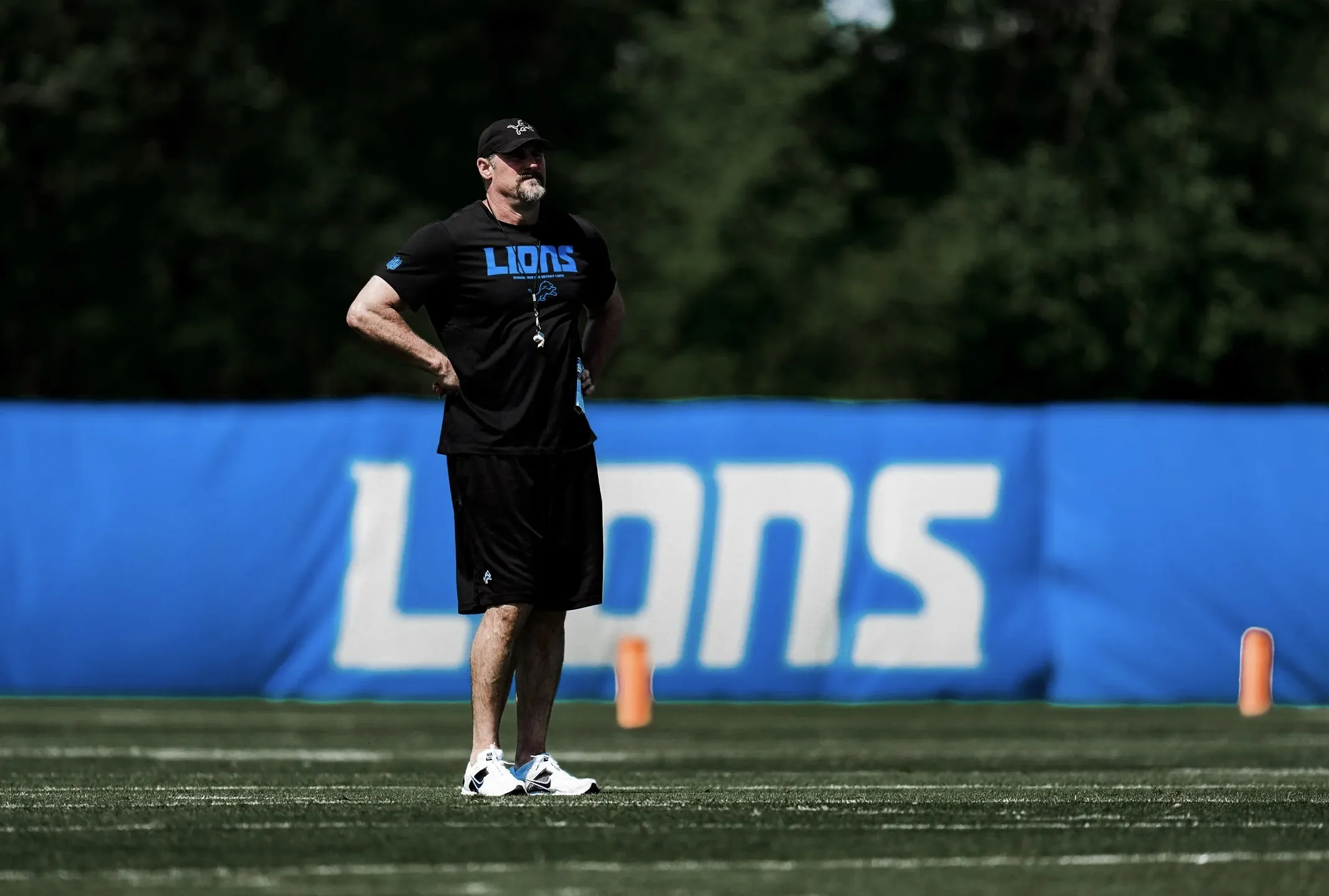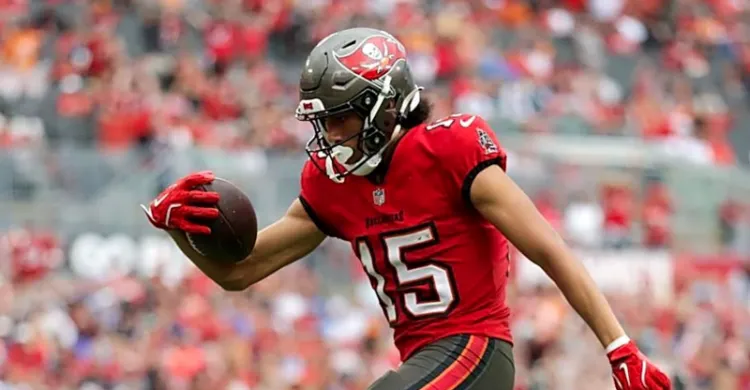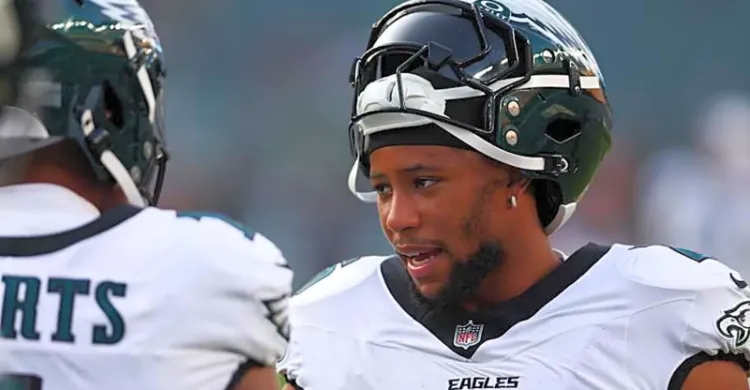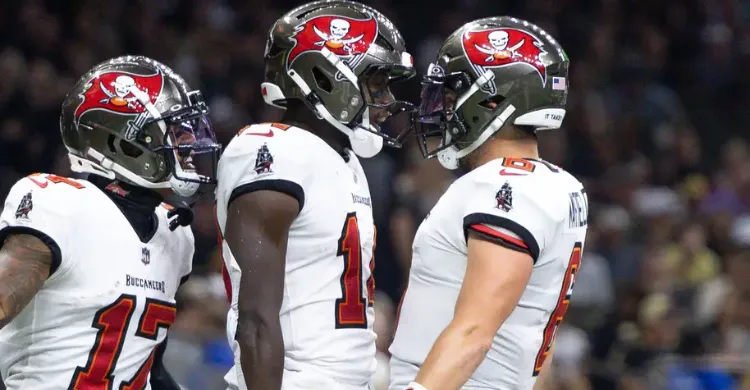The Washington Commanders finished third league-wide in total rushing last, but the statistic is a little misleading.
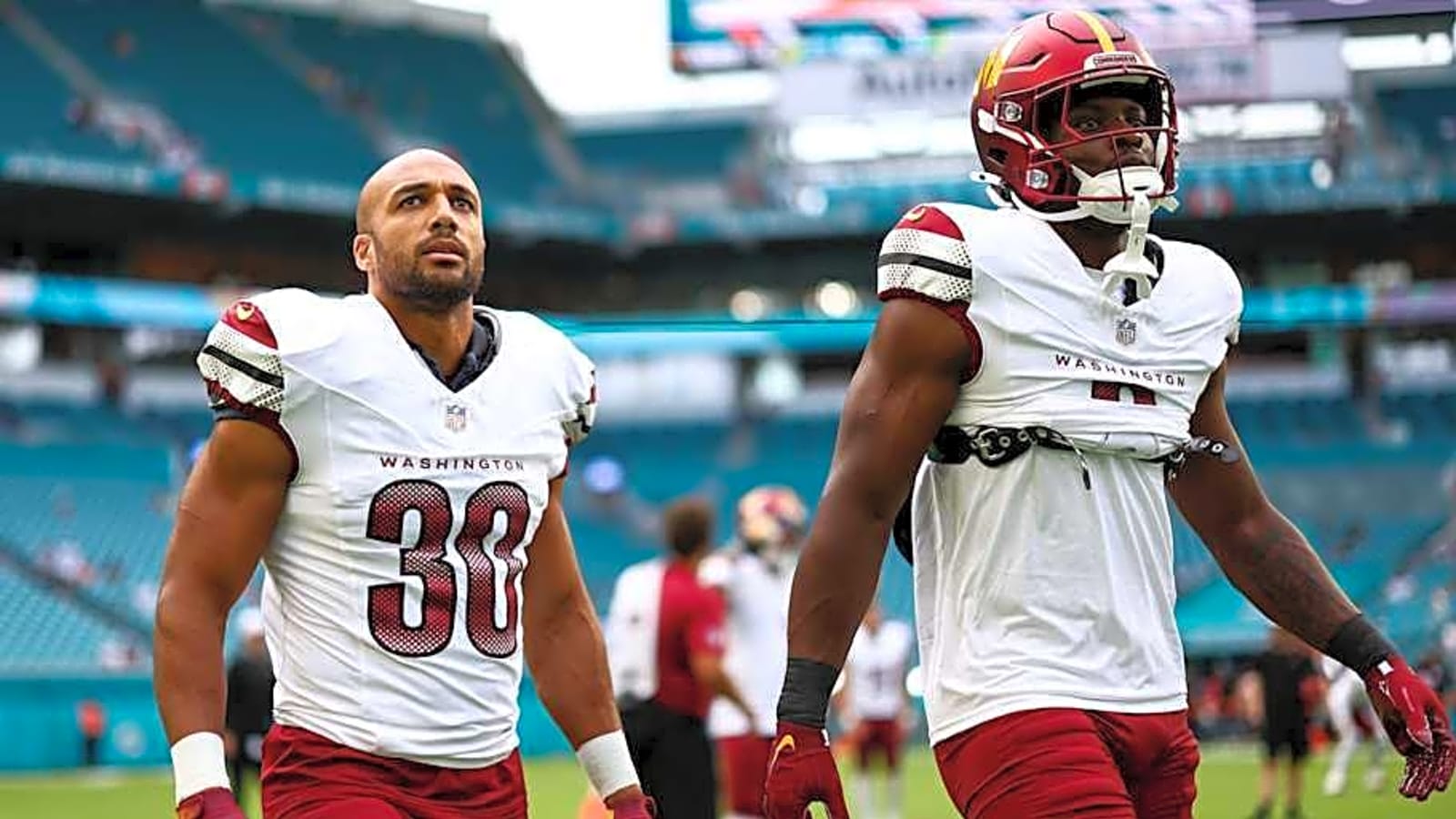
Quarterback Jayden Daniels was the squad’s leading rusher with just under 900 yards. Some of those yards came on designed runs or the more popular run-pass-option plays that stretch a defense to the brink. Even at his young age, the dynamic signal-caller proved to be a master of that play.
But many of those yards came on broken plays — on scrambles where Daniels' legs turned a sack into a big running play. Offensive coordinator Kliff Kingsbury knows that running will always be a vital part of his game. However, he also knows that the level he ran at as a rookie is not sustainable.
Quality defenses like the Baltimore Ravens and Pittsburgh Steelers shut down Daniels’ runs rather easily. Simply put, Washington needs more consistent production from its running backs.
That will open up the playbook and take pressure off of Daniels. The rookie ran about nine times per game last year. Cutting that down by a third would be a reasonable goal in his second NFL campaign.
Washington currently has eight players listed as running backs on its roster. Half of them have zero carries in the NFL over the past three seasons. Two should be considered as specialists. Only four of the backs have much in the way of professional experience, and they happen to be the same four who manned the position last season.
Commanders' offensive line holds the key to rushing improvements in 2025
So, how could Kingsbury and company improve the run game in 2025?
It starts up front.
Despite the loss of Sam Cosmi, the Commanders’ offensive line should be better able to open holes this year. New left tackle Laremy Tunsil is known more for his pass protection, but he is also a very solid run blocker, almost certainly better than what Brandon Coleman provided last year.
Coleman’s move inside to guard should also produce an upgrade. He is more agile and better able to pull than most of the guards who played for the Commanders last year.
If the line can show some improvement, it should help Washington’s lead back Brian Robinson Jr. quite a bit. He is a hard, professional runner. He won’t make a lot of defenders miss, but he will rarely get pushed back at the point of contact.
If he gets gaps, Robinson can power ahead for five and six yards a carry. If he doesn’t, chances are he will be stopped for two to three yards.
Despite a respectable 4.3 yards per carry, Robinson was not especially efficient in 2024. His success rate, which is calculated by situation, was under 50 percent. That is not good for a primary back.
Most of the other top-tier runners are at least a few points above 50%. David Montgomery, a back with similar attributes, registered a success rate over 55% last year. That is partly due to the trenches — the Detroit Lions have a better offensive line than Washington — and partly due to the runner.
After Robinson, there has been a lot of talk about seventh-round rookie Jacory Croskey-Merritt. He is a talented runner who fell in the draft after eligibility questions largely took away his final college season.
The NFL has a pretty good track record in recent years with late-round backs producing big numbers. Isiah Pacheco and Chase Brown are just two of the most recent examples to find success after being chosen in the seventh round.
Excitement over Croskey-Merritt has some analysts speculating that one of the two veterans who played behind Robinson last year — Austin Ekeler and Jeremy McNichols — could be cut before the season. Ekeler is 30 years old and missed five games last year. McNichols has always been a journeyman.
I wouldn’t bet on Ekeler going anywhere. When he was healthy in the first half of 2024, he was one of the Commanders' most dangerous weapons. Both as a runner and as a pass catcher, he can still produce. He will probably be gone in 2026, but not before then.
McNichols is more likely to give way. He is as steady as they come — a veteran who can perform in all three phases of the game as a runner, receiver, and blocker. But if Croskey-Merritt proves to be a weapon, there may not be room for him.
Chris Rodriguez Jr. is a solid backup for Robinson. He is the only other big power back on the roster. I suspect his fate will be the same as it has been for the past few seasons. He may well begin on the practice squad, but get a call-up should the No. 1 option get banged up.
The other three backs are long shots. Converted receiver Kazmeir Allen and Demetric Felton have their chances as kick returners. Michael Wiley played very well in the 2024 preseason and earned a practice squad spot, but it is hard to see him making it. His best chance for suiting up comes if someone like Rodriguez gets snatched from the practice squad.
The Commanders might keep just three regular running backs. Players like Ben Sinnott and Colston Yankoff can offer some flexibility at H-Back, and new receiver Deebo Samuel Sr. has proven he can run out of the backfield.
Washington is unlikely to give a spot to a player who serves primarily as a blocker. There is always the chance that Felton could impress with his pass catching (he was pretty good at it back in 2021) or Allen could wow coaches with some gadget plays, but that seems unlikely at this point.
Robinson, Ekeler, and Croskey-Merritt will be Washington’s primary running backs heading into 2025, with a couple of the others headed for the practice squad.
That may not seem like a big step up from 2024, but if the line play improves and if the rookie turns out to be a consistent runner, the running backs could make a big difference in 2025.
